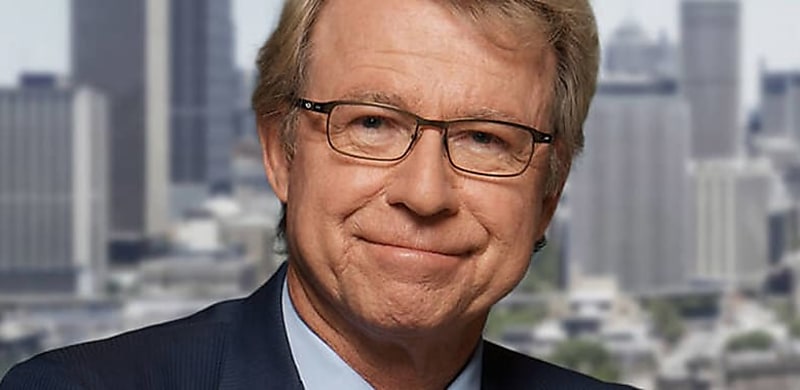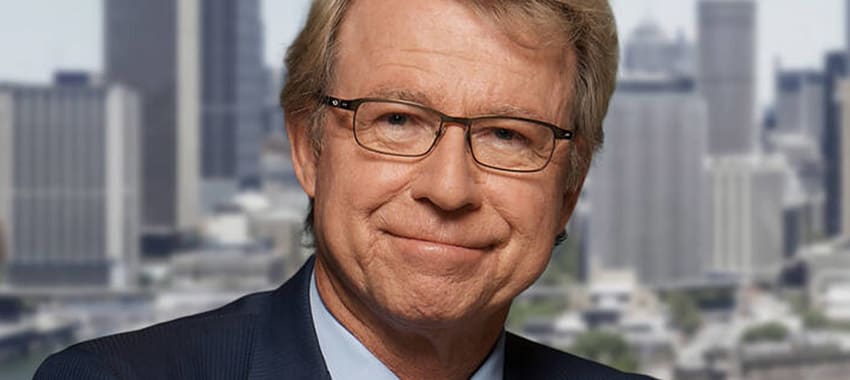
The non-major bank economist has said house prices are expected to fall from their recent peaks in 2024.
Commenting on CoreLogic’s latest data, AMP chief economist Shane Oliver said he expects property prices to fall 3–5 per cent this year, but with rate cuts providing relief in the second half.
“We have been concerned for some time that the rise in property prices in 2023 was running ahead of itself with a high risk of another leg down. With momentum slowing sharply, this may be starting to unfold,” Dr Oliver said.
“On the one hand, the chronic housing undersupply in the face of record immigration numbers remains a strong force pushing home prices higher. But against this, the impact of high (and possibly still rising) mortgage rates is still feeding through and unemployment is likely to rise significantly this year. This will make for a much rougher ride for the property market in 2024.”
Dr Oliver explained that, even if rates have peaked, the huge hit to home buyer “capacity to pay” remains in place.
“We estimate that the capacity to pay for a home for a borrower with a 20 per cent deposit on full-time average earnings is around 30 per cent lower than it was in April 2022,” Dr Oliver said.
“The rapid reversal in the capacity to pay since April 2022 due to the surge in mortgage rates threatens a downwards adjustment in home prices at some point unless incomes rise dramatically or mortgage rates fall dramatically – both of which look unlikely. The reduction in capacity to pay appears to have been masked in 2023 by buyers who were less interest-sensitive – e.g. because they had already saved up big deposits or could rely on “the back of mum and dad” – but it’s likely that this pool of buyers is now running low.”
Moreover, Dr Oliver suggested that there is a high risk of increased listings by distressed sellers.
“Based on the RBA’s own analysis, roughly one in seven home borrowers were cash flow negative (where income is less than essential living and mortgage costs) in July and this is likely now higher,” Dr Oliver said.
“The pressure on household budgets this implies is immense and means sharp spending cutbacks, which runs the risk of significantly higher unemployment. Directly (via the impact of high mortgage stress) or indirectly (via the impact of higher unemployment) it’s hard to see this not leading to a further increase in listings.”
He also pointed to the downtrend in auction clearance rates and home lending growth, which is well below peak levels, both of which, he said, suggest that the rebound in home prices has come on low volumes and may lack conviction.
“Put simply, the combination of slowing home price growth since May (when it peaked at 1.3 per cent month on month) and slowing auction clearance rates from the low to mid-70 per cent range in May to below 60 per cent in December suggest that housing demand is struggling to keep up with rising listings in the face of high mortgage rates, poor affordability, and cost-of-living pressures,” Dr Oliver said.
"The supply shortfall in the face of strong immigration had the upper hand in 2023, but high interest rates and their lagged impact along with poor affordability now appear to be starting to reassert themselves.
“As a result, we are allowing for a 3–5 per cent fall this year.”
AMP’s base case, he concluded, is that the start of rate cuts from around midyear should help prices bottom and then start to rise again by the end of the year.
[RELATED: Where did home value rises finish in 2023?]
 Login
Login











JOIN THE DISCUSSION